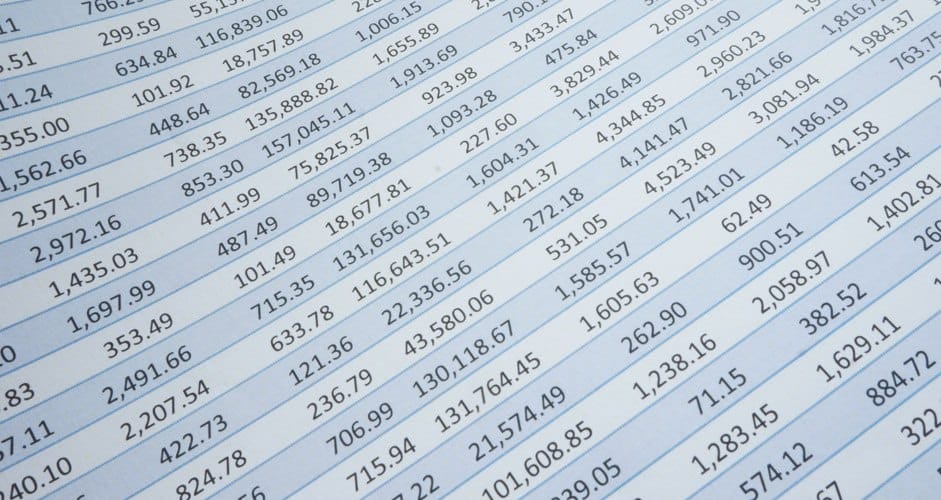
With the cash accounting VAT scheme you account for and pay VAT to Revenue & Customs only when your customer pays you. This will normally be a great help for cash-flow and means VAT on bad debts is never paid to HMR&C
However, you cannot reclaim VAT on purchases until you pay your supplier. This can be a disadvantage if you buy most of your goods and services on credit.
The cash accounting scheme can be used for businesses with turnover (excluding VAT) of up to £1.35m and once you start to use cash accounting you can continue to do so until your VAT taxable turnover reaches £1.6m.
You do not need to fill in an application form or notify HMR&C to start using the cash accounting scheme and you can start using the scheme at the start of any VAT period (if already VAT registered) or from the first day of registration. However, if you start using the cash scheme after using the standard VAT accounting scheme, you must take care not to account for VAT twice on any sales or purchases.
With the VAT retail schemes, you work out the value of your total taxable sales for any given period (one day for example) and calculate the VAT due on the total, rather than on each individual sale as under the standard VAT scheme.
You can only use the scheme for retail sales and VAT invoices must be issued to any VAT-registered customer who requests one.
There are several standard retail VAT schemes – point of sale, direct calculation and apportionment methods.
With the point of sale scheme, each transaction is identified as standard- rated, lower-rated or zero-rated at the time of sale – for instance with a till that will differentiate between goods sold at the different VAT rates. The VAT can then be calculated at each rate (perhaps the till will calculate these totals at the end of each day).
Under the apportionment 1 VAT retail scheme, sales are split between standard-rated, lower-rated or zero-rated in proportion to your goods purchased for sale. For example if 80% of your stock purchases are standard-rated then 80% of your sales for the same period will be treated as standard-rated.
The flat-rate VAT scheme was introduced to simplify VAT for smaller businesses. Rather than the normal method of claiming input VAT on purchases and expenses and deducting this figure from the VAT on sales, a flat-rate percentage is applied to the ‘flat-rate VAT-inclusive turnover’ of the business and the resulting amount is paid to HMR&C. The percentage used depends on your particular business sector, and for the first year in the scheme the percentage is reduced by 1%.
The scheme can be used by businesses with taxable turnover of up to £150,000 (excluding VAT). Once you join the scheme you can continue to use it until your total business income exceeds £225,000.
Under the standard VAT scheme the amount of VAT paid to HMR&C equals the VAT on sales less the VAT on purchases. For second-hand dealers the majority of purchases will probably be from non-VAT registered members of the public, so there will be no VAT to claim back on the goods purchased.
The margin scheme therefore allows a second-hand dealer to account for VAT on the difference between the sales price & purchase price of goods sold – ie the margin. The normal VAT methods can be used for claiming back the VAT on items purchased from VAT-registered businesses and VAT on business overheads.